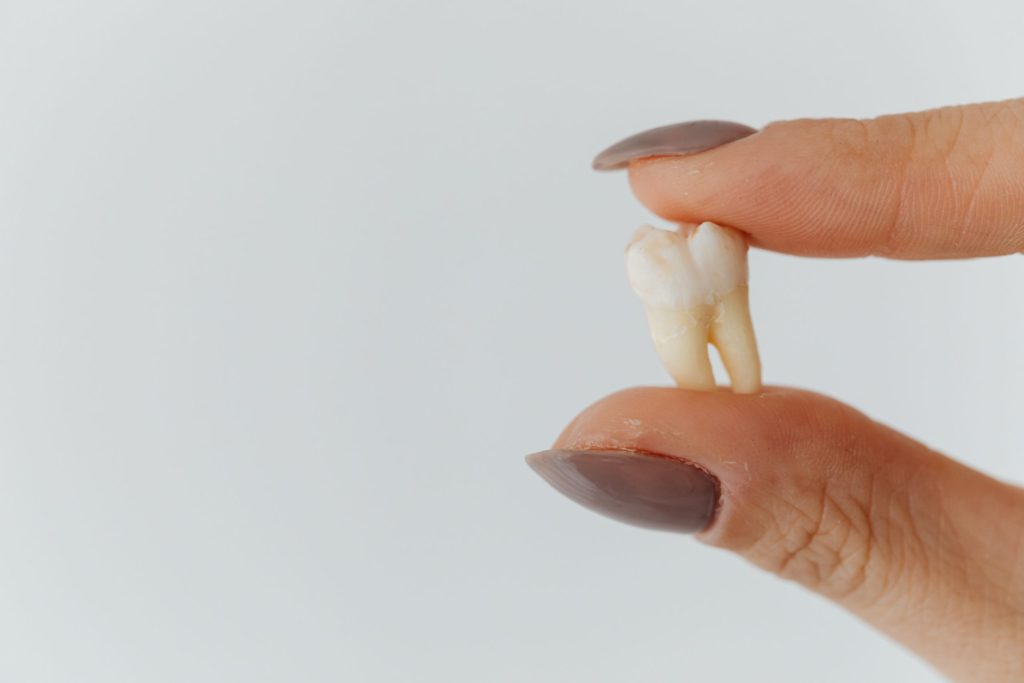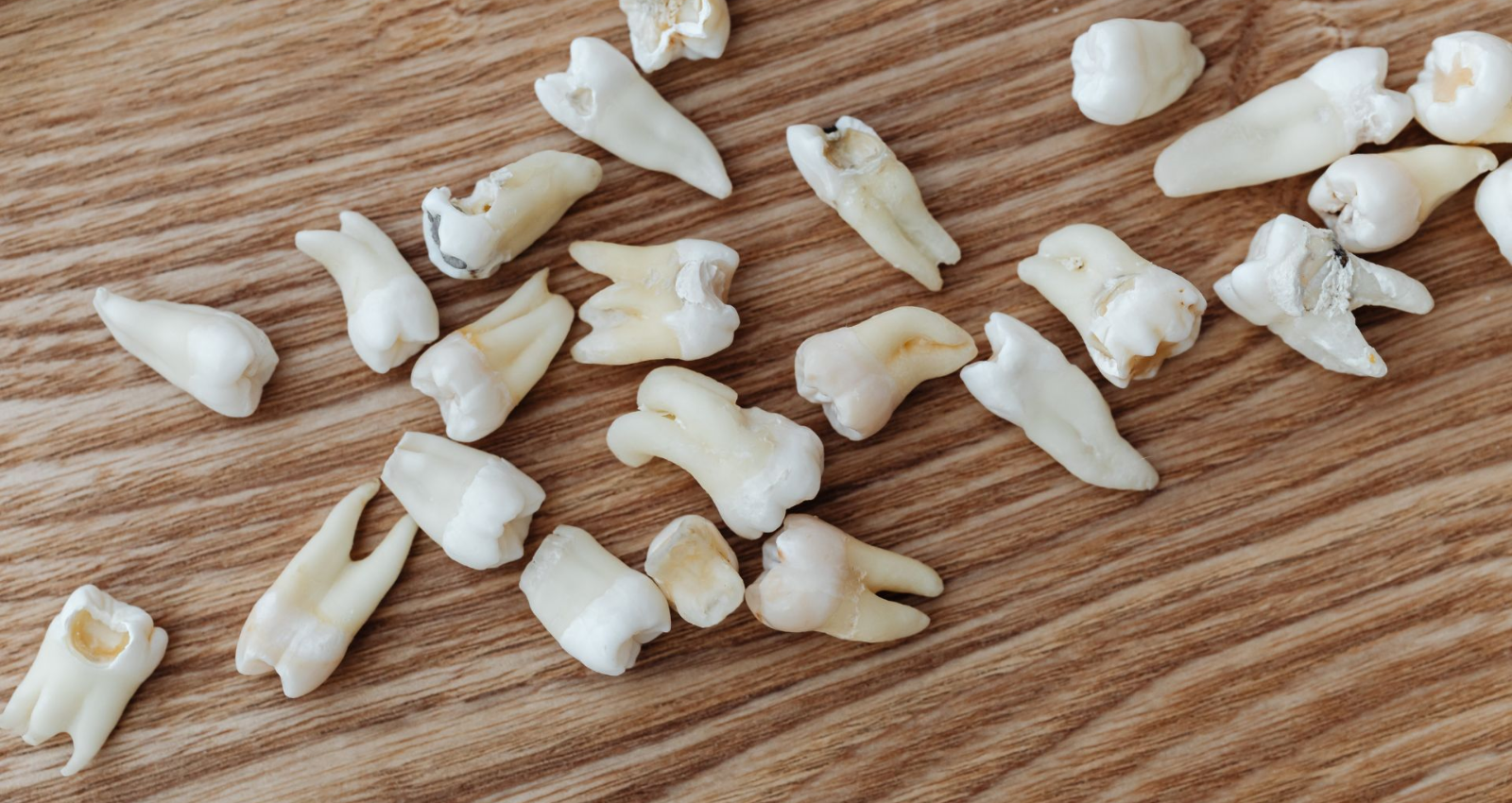Dealing with a loose tooth can be unsettling, but knowing how to remove it safely can alleviate discomfort and prevent potential complications. Whether it’s a result of natural development, injury, or gum disease, addressing a loose tooth promptly is essential for maintaining oral health.
In this blog, we’ll explore easy and effective methods to remove a loose tooth with attached gum, empowering you to take control of your dental well-being.
Understanding the causes and risks associated with a loose tooth is the first step toward effective removal. We’ll delve into common reasons for tooth looseness and highlight signs that indicate the need for intervention. By gaining insight into the factors contributing to a loose tooth, you’ll be better equipped to make informed decisions about your dental care.
With practical tips and expert guidance, you’ll learn how to navigate the process of removing a loose tooth with confidence and ease, ensuring a smoother transition to optimal oral health.
What Are the Causes of a Loose Tooth?
Several factors can contribute to a tooth becoming loose:
- Gum Disease: Periodontal disease is a leading cause of loose teeth as it damages the tissues supporting the teeth.
- Trauma or Injury: Accidents or injuries to the mouth can loosen teeth by damaging the ligaments and bones.
- Poor Dental Hygiene: Inadequate brushing and flossing can lead to plaque buildup, which can result in gum disease and tooth mobility.
- Bruxism: Habitual teeth grinding can weaken the tooth’s supporting structures, leading to looseness over time.

Signs and Symptoms to Watch For
Be vigilant for these signs indicating a loose tooth:
- Tooth Mobility: Noticeable movement or shifting of the tooth when touched.
- Gum Recession: Receding gums around the affected tooth may indicate underlying issues.
- Pain or Discomfort: Discomfort while chewing or sensitivity to hot or cold temperatures.
- Swelling or Redness: Inflammation or redness of the gums around the loose tooth.
Potential Risks of Ignoring a Loose Tooth
Ignoring a loose tooth can lead to several complications:
- Tooth Loss: Without intervention, a loose tooth may eventually fall out.
- Infection: Bacteria can accumulate around the loose tooth, leading to gum infections or abscesses.
- Bone Loss: Continued pressure on a loose tooth can result in bone loss in the jaw.
- Misalignment: Surrounding teeth may shift or become misaligned due to the gap left by the loose tooth.
When to Remove a Loose Tooth?
Certain signs suggest that removal of a loose tooth may be necessary:
- Persistent Mobility: If a tooth remains loose despite efforts to stabilize it, removal might be the best option.
- Severe Pain or Discomfort: Intense pain or discomfort around the loose tooth may indicate underlying issues that warrant removal.
- Advanced Gum Disease: If gum disease has progressed to a point where it’s affecting the stability of the tooth, removal may be necessary to prevent further damage.
Situations When Professional Help Is Required
Seek professional help for the following situations:
- Injury or Trauma: If the tooth becomes loose due to injury or trauma, a dentist should assess the extent of the damage.
- Severe Infection: If the loose tooth is associated with severe infection or abscess, prompt treatment by a dentist is essential.
- Compromised Oral Health: If the loose tooth poses a risk to overall oral health or neighboring teeth, professional intervention is necessary.
Benefits of Timely Tooth Removal
Timely removal of a loose tooth offers several benefits:
- Prevention of Further Damage: Removing a loose tooth prevents it from causing additional damage to surrounding teeth or gums.
- Relief from Discomfort: Extraction can alleviate pain and discomfort associated with a loose tooth.
- Prevention of Infection Spread: Removing a loose tooth can prevent the spread of infection to other parts of the mouth.
- Facilitation of Proper Healing: Tooth removal allows for proper healing of the surrounding tissues and promotes overall oral health.
Easy Home Methods to Remove a Loose Tooth
Removing a loose tooth at home can be a simple and straightforward process with the right techniques. While it’s essential to proceed with caution, these methods can help facilitate the natural process of tooth removal, promoting a smooth transition to a permanent tooth.
- Gentle Wiggling Techniques: Encourage the child or individual with the loose tooth to gently wiggle it back and forth using their fingers or tongue. This movement helps loosen the tooth from its socket gradually.
- Using a Clean Gauze or Cloth: Wrap a clean gauze or cloth around the loose tooth and apply gentle pressure in a wiggling motion. This method provides a firmer grip and reduces discomfort during removal.
- Eating Crunchy Foods to Assist Removal: Consuming crunchy foods like apples, carrots, or celery can aid in naturally loosening the tooth. The biting and chewing action exerted on these foods can help dislodge the tooth from its socket over time.
Precautions and Safety Tips
Ensuring a safe and pain-free tooth removal process requires attention to hygiene practices and adherence to certain precautions. By following these guidelines, you can minimize discomfort and reduce the risk of complications during and after tooth removal.
Hygiene Practices to Follow:
- Wash hands thoroughly before attempting to remove the tooth to minimize the risk of infection.
- Clean the area around the loose tooth gently with a soft-bristled toothbrush and mild toothpaste.
- Rinse the mouth with warm saltwater to reduce bacteria and promote healing after removal.
Ensuring a Pain-Free Process:
- Apply a cold compress to the cheek near the loose tooth to numb the area and alleviate discomfort.
- Consider using over-the-counter pain relievers, such as ibuprofen or acetaminophen, as directed, to manage any pain or inflammation.
Avoiding Common Mistakes:
- Avoid forcefully pulling on the loose tooth, as this can cause unnecessary pain and potential damage to surrounding tissues.
- Refrain from using tools or objects, such as pliers or string, to forcibly remove the tooth, as this can lead to injury or infection.
Post-Removal Care
After removing a loose tooth, proper post-removal care is crucial to promote healing and prevent complications. By following these guidelines, you can manage bleeding and pain effectively while ensuring a smooth recovery process.
Managing Bleeding and Pain:
- Apply gentle pressure to the extraction site with a clean gauze pad to control bleeding.
- Use over-the-counter pain relievers, as recommended by your dentist in Richmond, to alleviate any discomfort.
Keeping the Socket Clean:
- Avoid rinsing or spitting forcefully for the first 24 hours to prevent dislodging the blood clot forming in the socket.
- After 24 hours, rinse gently with warm salt water to keep the extraction site clean and promote healing.
Foods to Eat and Avoid After Removal:
- Stick to soft, easy-to-chew foods, such as yogurt, mashed potatoes, and soup, to avoid irritating the extraction site.
- Avoid hot, spicy, or crunchy foods that may cause discomfort or disrupt the healing process.
Removing a loose tooth at home can be a simple and safe process when done correctly. By understanding the causes, following proper techniques, and prioritizing post-removal care, you can ensure a smooth transition to a healthy smile. Remember to proceed with caution, seek professional help if needed, and prioritize your oral health for a brighter future.




